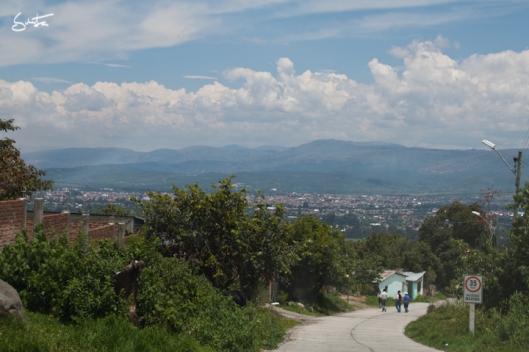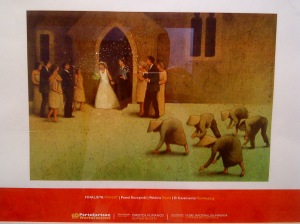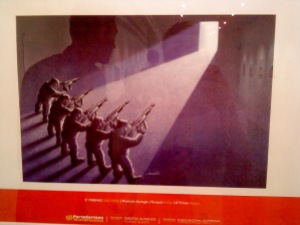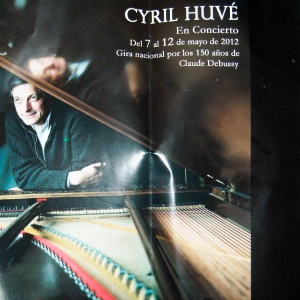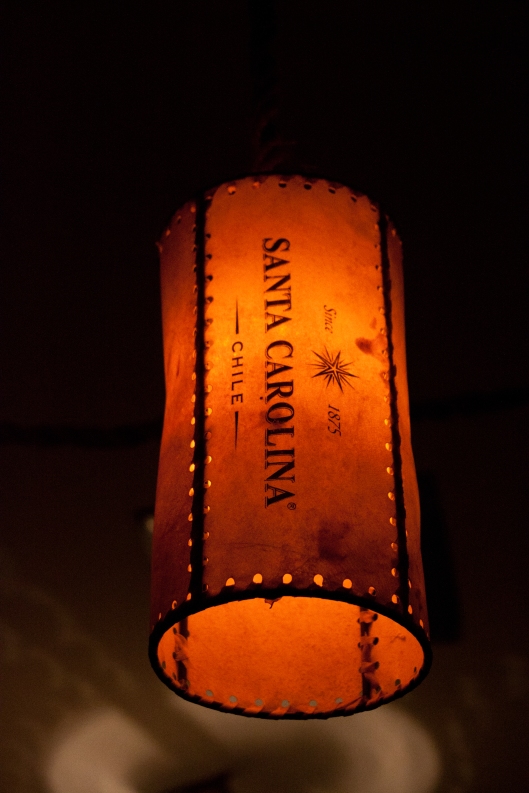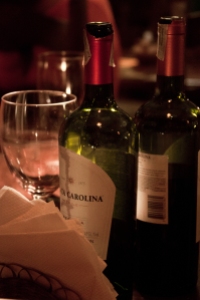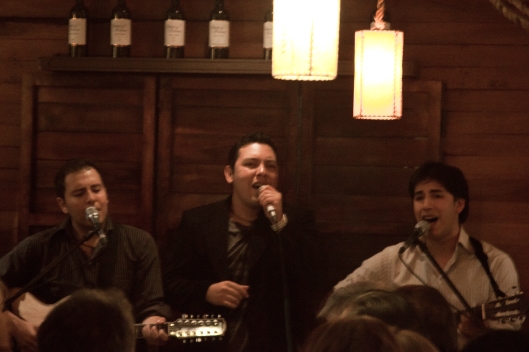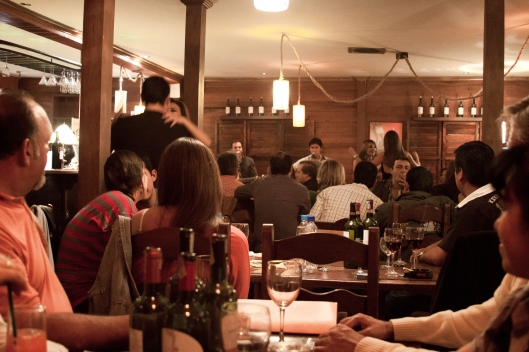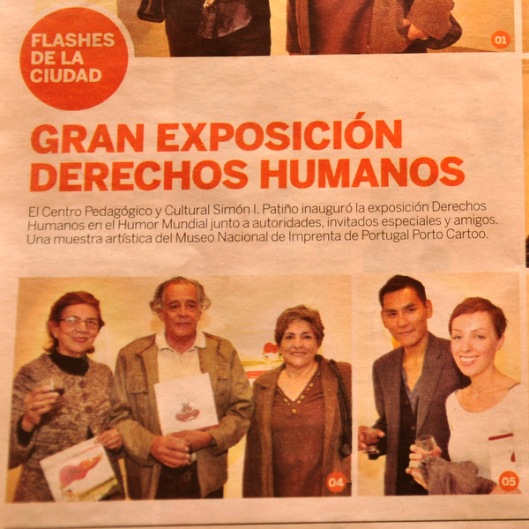Być może pamiętacie moje opowieści o cynowym baronie – Simon Patiño – jednym z najbogatszych ludzi wszechczasów, o którym pisałam przy okazji —> Palacio Portales w Cochabambie i —> Modelowej Farmy w Pairumani? Otóż w końcu udało nam się zobaczyć jego słynna ‘wiejska’ rezydencje, w której, w odróżnieniu do pałacu w Cochabambie, faktycznie pomieszkiwał.
Perhaps you remember my stories about tin baron – Simon Patiño – one of the richest peopl of all times, about whom I wrote on the occasion of visiting —> Palacio Portales in Cochabamba and —> Model Farm in Pairumani? In the end, we were able to see his famous ‘rural’ residence, where he actually lived.

Simón Iturri Patiño, który wzbogacił się na wydobyciu cyny z kopalni w Llallagua w departamencie Potosi, wybudował piękną posiadłość w stylu francuskiego klasycyzmu w roku 1920, dla swojej zony Albiny Rodriguez. Niestety długo nie nacieszył się nowym domem, bo od 1924 roku z powodów zdrowotnych musiał przenieść się na stale za granice. W chwili śmierci, baron cynowy mieszkał w Buenos Aires. Jego doczesne szczątki wróciły jednak do ukochanej ojczyzny i spoczeły w mauzoleum rodzinnym w Pairumani.
Simón Iturri Patiño, who got rich on mining tin in Llallagua (Potosi), built a beautiful estate in French classicism style in 1920, for his wife Albina Rodriguez. Unfortunately, he didn’t enjoyed his new home for too long, because in 1924 for health reasons he had to permanently relocate abroad. At the time of death, tin baron lived in Buenos Aires, but his mortal remains were returned to his beloved homeland, were he was buried in the family mausoleum in Pairumani.

Spadkobiercy ogromnej fortuny założyli Fundacion Patiño, która sprawuje piecze nad majątkiem rodzinnym w Cochabambie, finansuje zagraniczne stypendia naukowe dla uzdolnionych boliwijskich studentów oraz wspomaga boliwijska kulturę, sztukę i naukę. Choć żaden z członków rodziny Patiño nie mieszka dziś na stale w kraju swojego słynnego przodka, spędzają oni jednak od czasu do czasu wakacje w Villa Albina w górach Cordillera de Cochabamba.
The heirs of family fortune founded the Patiño Foundation, which takes care of the estates in Cochabamba, finances scholarships for gifted students and supports Bolivian culture art and sience. Although none of the Patiños lives today permanently in the country of their famous ancestor, they spend from time to time holiday at the Villa Albina in the mountains of Cochabamba.


Sam pałac robi duże wrażenie, nie tyle swoim przepychem i wielkością, ile kontrastem z otaczającą go boliwijska rzeczywistością. Rezydencja, położona w górach, otoczona polami uprawnymi oraz pięknie utrzymanym ogrodem, jest prawdziwą oazą spokoju, w odróżnieniu od hałaśliwego wielkiego miasta w dolinie. Moj Freddy powiedział, ze chętnie by tu zamieszkał. Ja tez nie miałbym nic przeciwko. Zamiast cukierkowego pałacu wybrałabym jednak mniejszy kamienny domek, zapewnie ogrodnika, chociaż przyznaje, zakochałam się bez pamięci w jasnym i przestronnym patio głównej rezydencji, z subtelnie ‘pluskająca’ fontanna pośrodku, oraz w niektórych elementach wyposażenia małych acz z przepychem urządzonych salonów, w stylu ‘arte nouveau’.
Palace itself makes a big impression, but not so much for its splendor and greatness than for a contrast with the surrounding Bolivian reality. The residence, located in the mountains, surrounded by fields and beautifully kept garden, is the true refuge of tranquility, so different from the noisy big city in the valley. My Freddy said he gladly would settle here. I, frankly, also wouldn’t mind. However, I would rather inhabit a smaller stone house that probably was built for the gardener, instead of candy-coloured palace. Athough I admit, I fell in love with a bright and spacious patio of the main building, with a subtle ‘splashing’ a fountain in the middle, as well as some furnitures in the ‘art nouveau’ fashion, that could be admired inthe small yet sumptuous salons of the ground floor.

Niestety, turyści nie maja za wiele czasu, by rozkoszować się urokami tego zakątka. Zwiedzanie pałacu i ogrodu, choć darmowe, możliwe jest tylko w określonych godzinach (Pon. – Pią. 15.00 do 15.45, Sob. od 9.00- 11.00).
Unfortunately, the tourists do not have much time to enjoy this charming oasis. Visiting the palace and garden, although free of charge, is only possible at certain hours (Mon. – Fri. 15.00 to 15.45, Sat. from 9.00 11.00, Holidays closed).


Bez ograniczeń można za to pospacerować zacienioną palmową aleją, prowadzącą do marmurowego mauzoleum lub wybrać się do pobliskiego Parku Ekologicznego Pairumani (również należącego do Fundacji Patiño) pachnącego eukaliptusem.
Without limitation one can have a walk in the palm shaded avenue, leading to a family marble mausoleum or in a nearby Pairumani Ecological Park (also belonging to the Foundation Patiño) among fragrant eucalyptus trees.




















